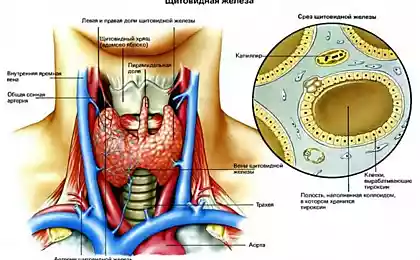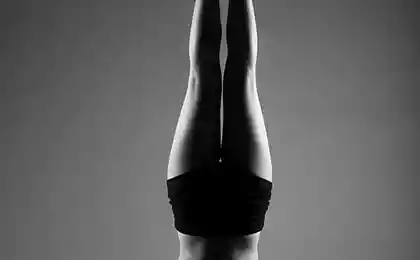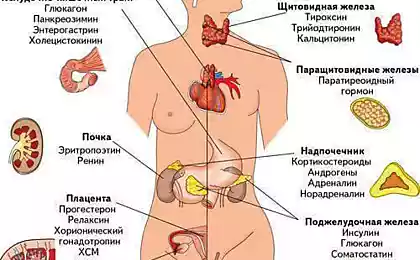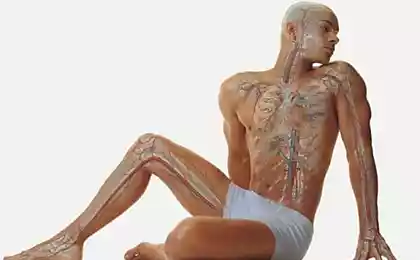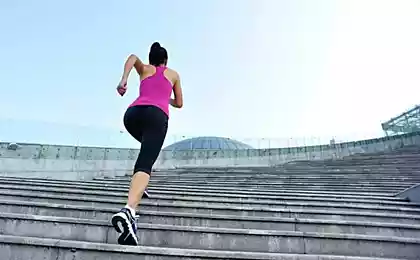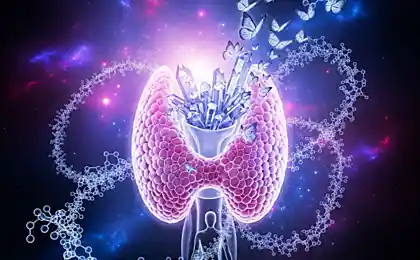183
Incredible benefits of birch exercise for your health

Photo: www.bandhayoga.com
What does a healthy person look like? Rouge face, confident, firm gait, agile and accurate movements. But there is another sign of heroic health, which can not be determined at random: endurance, the ability to perform hard physical work for a long time. As a rule, today’s urban inhabitants are not strong in this part. Which is pretty easy to verify. Try running around the house ten times. Loud exhalations and inhalations, lack of oxygen, the incredible speed of pulse beats, noise in the ears will remind you that your cardiorespiratory system, although it works, but very poorly. Many will think.
Perhaps it would be better to just run out to the nearby park every night? The method is proven, reliable. It increases the volume of the lungs, strengthens the legs, arms, heart. And there, as they say, in a healthy body - healthy and liver, and stomach, etc. However, the classic method of healing the heart muscle is still considered a long - at least two hours - walking.
Head of the Department of Traditional Systems of Rehabilitation, Candidate of Biological Sciences Rinad Sultanovich Minvaleev, as a beneficial effect on the heart muscle, recommends doing “all body parts pose” (sarvangasana) every evening.
Actually, it's birch. Unlike all other hatha yoga postures, everyone knows this. Not by hearsay, but in practice. Birch (or candle) is the first gymnastic exercise, which in one way or another is feasible for any student. But to affect the heart, it is necessary to do sarvangasana not for 5 seconds, but for 2-3 minutes.
This position of the body increases blood flow through the vertebral artery to the occipital region, which stimulates the functioning of all centers of visceral regulation of brain stem structures, improves the work of all organs and functional systems of the body, hence the name - "pose of all parts of the body."
This posture serves as an effective prevention of varicose veins, has a beneficial effect in cerebral circulation disorders.
But most importantly - "birch" improves the performance of the left ventricle of the heart muscle.
According to Rinada Minvaleev, this asana effectively replaces aerobic loads, and therefore strengthens the heart. However, the main purpose of “birch”, according to the scientist, not even in this.
If you look at the “baby birch”, and then at the “correct sarvangasana”, you can see a significant difference: the yogi performance implies the so-called chin lock (clamp in the thyroid gland).
That is, the “all-body posture” has a powerful effect on this area; in the early stages of thyroid disease, it works as a medicine. (However, if the thyroid gland is normal, then a “feather lock” is not necessary to affect the heart.)
This asana will be especially effective during the full moon and on the waning moon.Because it “drives blood” towards the head. To perform the pose accurately, it will be appropriate to ask someone to control the strictly vertical location of the thoracic spine. Only then will you get a full-fledged "surface lock". Otherwise, the impact on the thyroid will not occur.
In order for the treatment to be complete, immediately after the birch, it is very useful to do matsiasana - a fish pose. This tandem not only treats developing myxedema, thyrotoxicosis, but also precedes the use of hormonal drugs prescribed during the development of myxedema, such as thyroxine.
The starting position for matsiasana is the same as for birch, lying on your back.
The position of the fish is an enhanced deflection with support on the elbows and pelvis. The legs are loosely stretched (but it is better if they are “in the lotus position”; then the hands should grab the feet).
The shoulders are pushed back to the limit.
The back of the head doesn't touch the floor.
The head leans back, as a result, the area of the front throat is stretched. Blood intensively washes the thyroid gland, thyroid hormones are released, "sitting" before in special bubbles (follicles).
Proper execution is accompanied by increasing tremors throughout the body, heat. Asana is performed for 1-2 minutes, but it is possible for longer as long as you have enough strength.
Nikolai Shvedchenko
Source: gazeta.aif.ru/_/online/health/381/04_01


